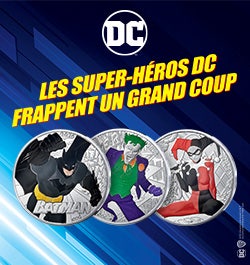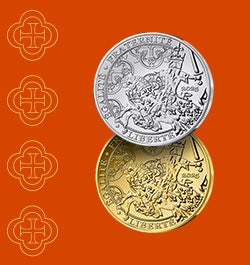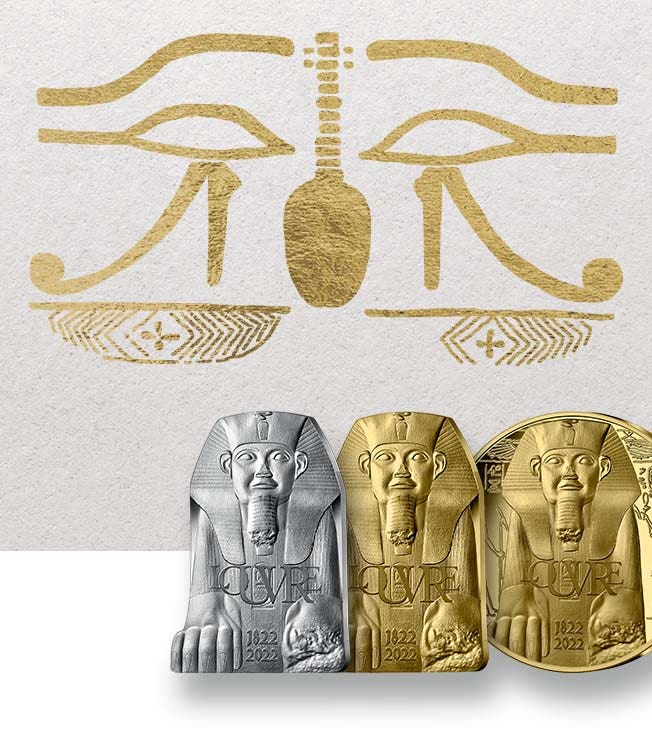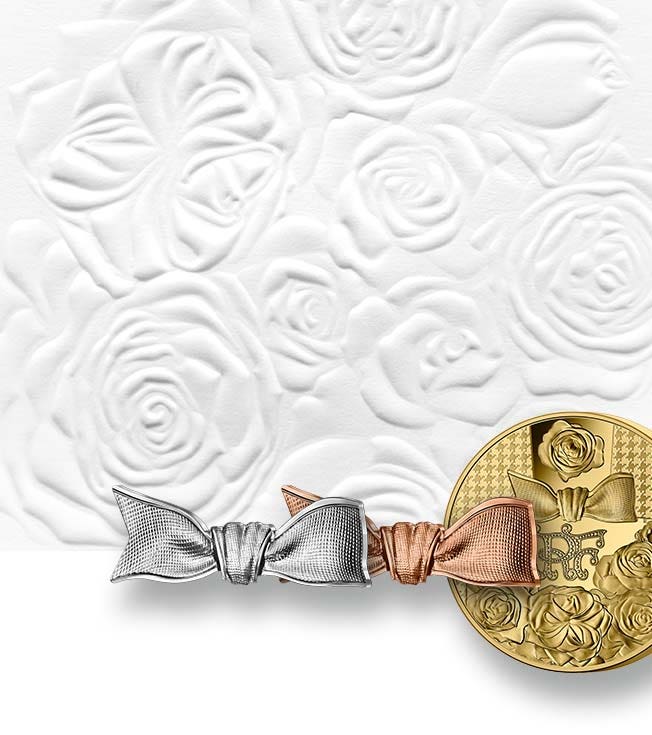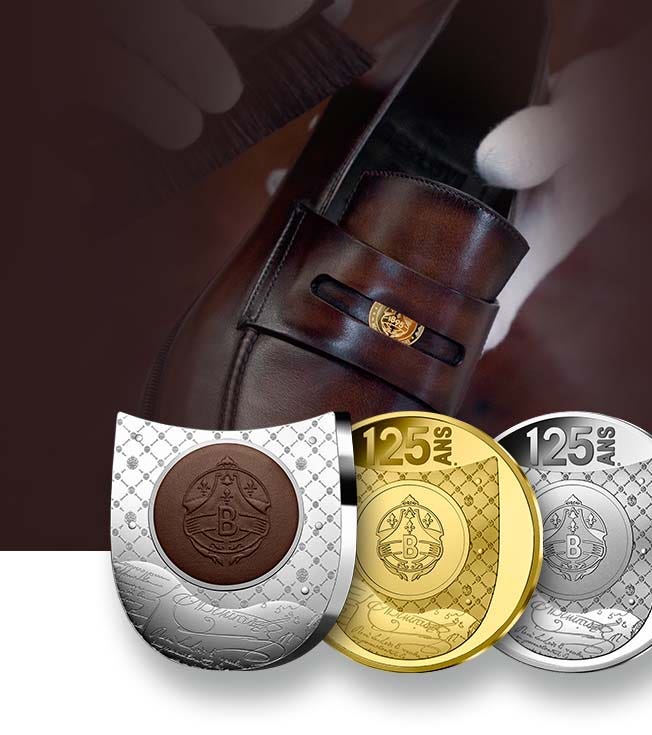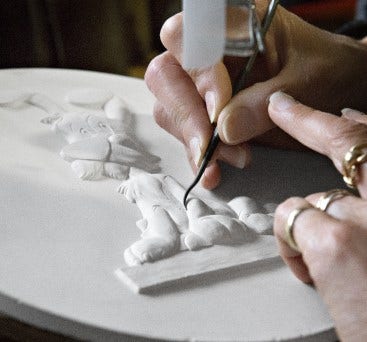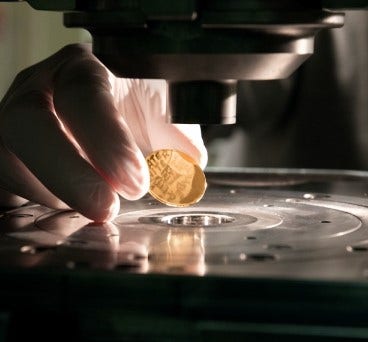Maison
Lacoste has been closely linked to the history of the Roland Garros tournament
from its creation, René Lacoste having won it several times in the 1920s.
To continue
the celebration of Maison Lacoste 90th anniversary, its historical partner,
Roland Garros Grand Slam tournament, is joining the collaboration and allowing
Monnaie de Paris to mint a 10 euro round coin; the very same one that will be
used for the « Toss » during the 2023 tournament.
This
traditional draw, whose name is an abbreviation of the action « to toss
the coin », makes it possible to determine in all equity which of the two
players will open the match.
Issued in a
limited series of only 1933 pieces, this coin, minted in the highest quality of
numismatics Proof Finish, will be available in the Roland Garros shops
throughout the 2023 tournament.
On the
obverse, a crocodile, representing both René Lacoste and the brand he founded,
is hugging the coin’s upper edge. Placed on a sandy background evoking
Roland-Garros clay courts, the crocodile overlooks the silhouette of the tennis
champion in action on the court, symbolized by perpendicular lines.
The coin’s
reverse is divided into three distinct areas, referring to a tennis ball seen
from above. The first has the texture of a crocodile skin; the second, that of
the Lacoste polo shirt cotton piqué; and the third one, that of a tennis racket
stringing. In the middle of the coin, the face value takes center stage, with
its 0 represented by a tennis ball.

